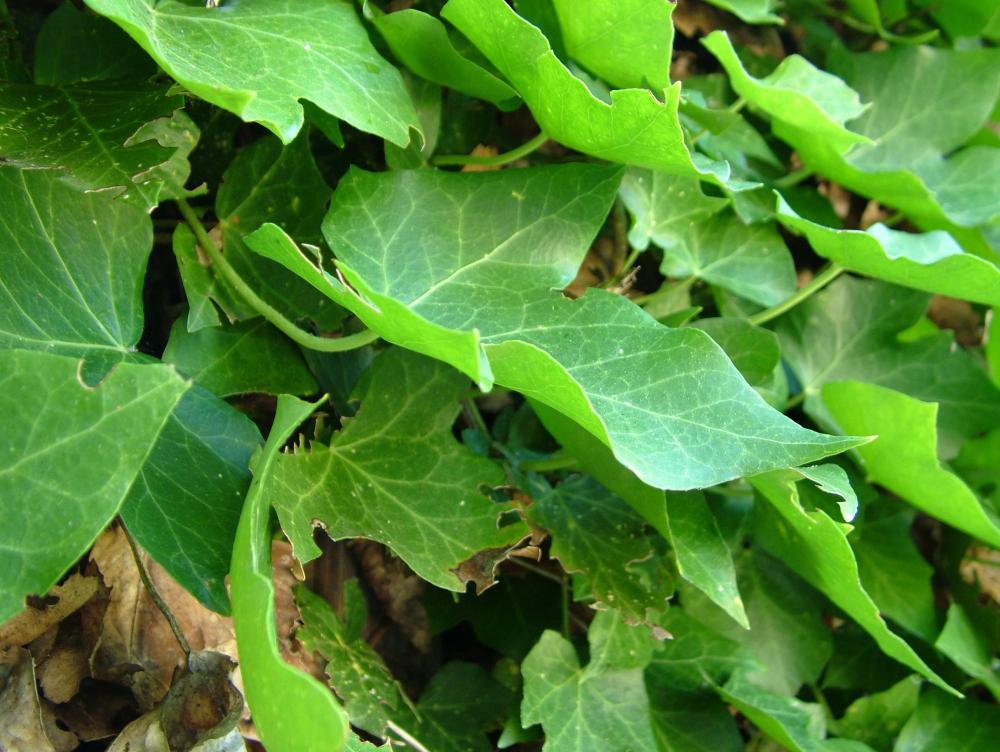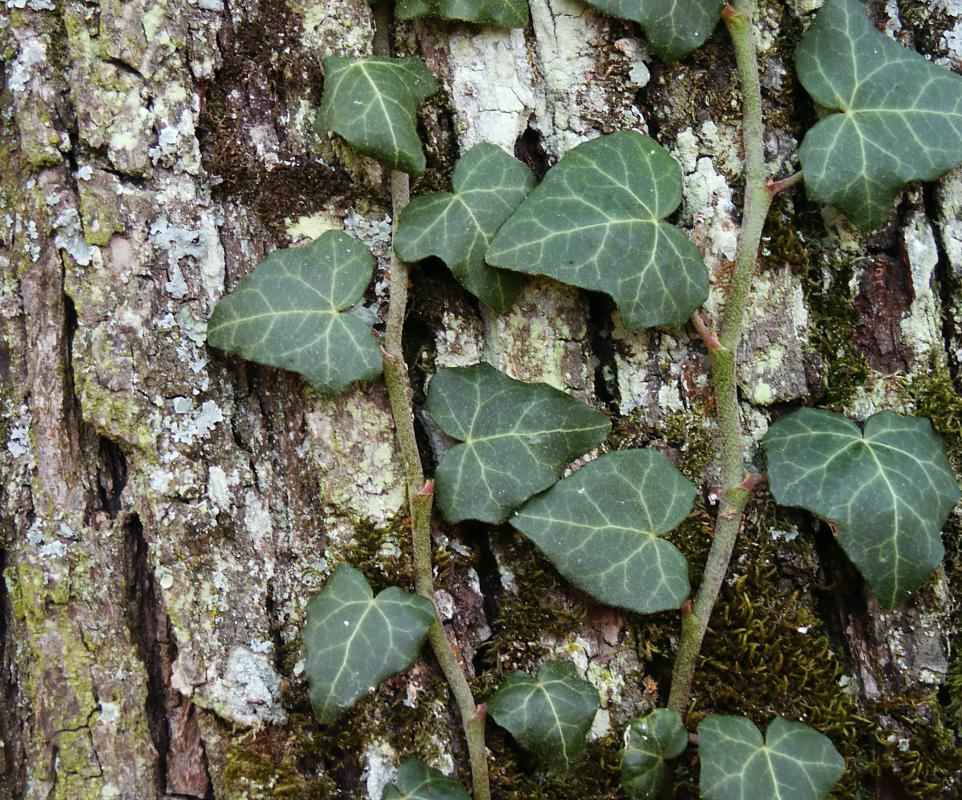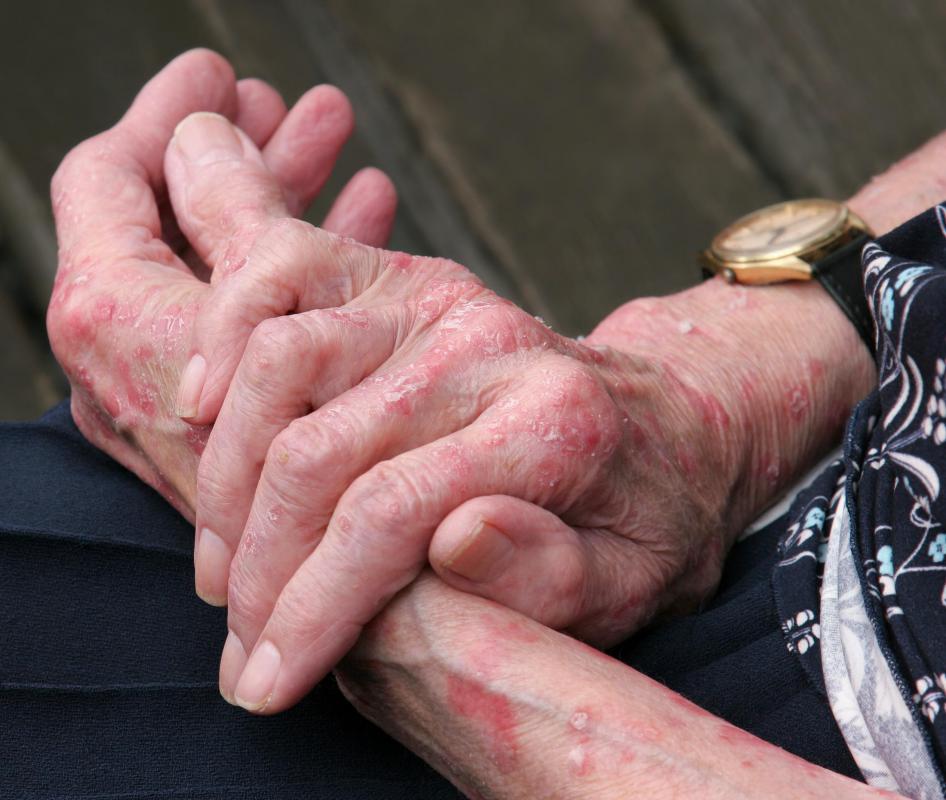At HomeQuestionsAnswered, we're committed to delivering accurate, trustworthy information. Our expert-authored content is rigorously fact-checked and sourced from credible authorities. Discover how we uphold the highest standards in providing you with reliable knowledge.
What Are the Different Types of Ivy?
There are only about a dozen different types of ivy that fall under the true genus name for ivy, Hedera. Many plants that climb are called ivy as well, even though they do not fall within the Hedera genus. The most common type of ivy is English ivy; other types are quite rare, such as Cyprus ivy. Generally, the various types of ivy are named after their native countries.
Although the types of ivy may look similar, there are subtle differences between them. For example, Algerian ivy has red-colored stems, while Japanese ivy has purple stems. In addition, Persian ivy has large leaves that are shaped like hearts, while the leaves of Cyprus ivy are much narrower.
Some kinds of ivy have flowers and fruit. For example, Himalayan ivy is known for its clusters of small yellow flowers and yellowish fruit that eventually turns dark in color. It is an avid climber, making it difficult to keep the plant in place.

Many people are familiar with English ivy, also known as common ivy or by its species name, Hedera helix. There are many different variations to this plant. For example, the leaves may be dark green or they may be variegated with white. Some variations are shrub-like, while others produce an abundance of dark fruit and small green flowers. This species grows so prolifically that it is considered a noxious weed in some parts of the United States.

To grow many types of ivy, only a stem cutting is needed. Once the roots take hold, the evergreen vine needs very little water. If a person chooses to fertilize the plant, it should be done sparingly. Although some species of ivy are more susceptible to pests, fungi, and other issues, most are relatively hardy. The main problem that gardeners face with ivy is overwatering. In that case, leaf spot may develop.

There are many plants that do not fall within the Hedera genus that are still called ivy. For example, poison ivy is not a true species of ivy. In addition, the invasive vine, Boston ivy, is not a member of the Hedera genus. On a simplistic level, many people consider any evergreen plant that can climb to great heights to be a member of the ivy family.

Generally, ivy grows well outside, particularly in native soils. These plants may also be grown indoors. Although ivy is well known for its ability to climb walls, trellises, and other structures, it can also grow well from hanging baskets and in large pots. Some types of ivy, such as Persian ivy, make a thick ground cover as well.
AS FEATURED ON:
AS FEATURED ON:















Discussion Comments
The ivy that has the fruit, which I think is the Himalayan after reading this article, is very messy when the fruit starts to fall off, but the flowers really brighten up the yard when they are in bloom. Before choosing this ivy, you better consider whether it's worth the trade off. I prefer a green ivy that does not produce fruit, which attracts bugs and needs to be cleaned up.
@Animandel - Yes, I know the baseball park you are talking about. The ivy covers the walls in the outfield of Wrigley Field in Chicago. It is one of the most famous parks in baseball. I think the ivy looks great when it is green, but during the early spring it is still brown and just looks like dead vines hanging on the wall.
As this article says, Boston ivy is not one of the plants that fall into that dozen or so that are considered to fall into the ivy genus, so I guess the plant growing on the falls in Wrigley is not technically ivy since it is Boston ivy.
There is a baseball park in the Major Leagues that has ivy on the outfield wall. I see it sometimes when my husband and children are watching baseball games. I can't remember which stadium the ivy is in, but it looks out of place on a professional ball field. I mean can't they afford to get some weed killer and take care of that?
I'm joking about the weed killer. I know the ivy is something they want, but I don't understand it. Balls actually get lost in the plants. Does anyone know the place I am talking about?
Post your comments